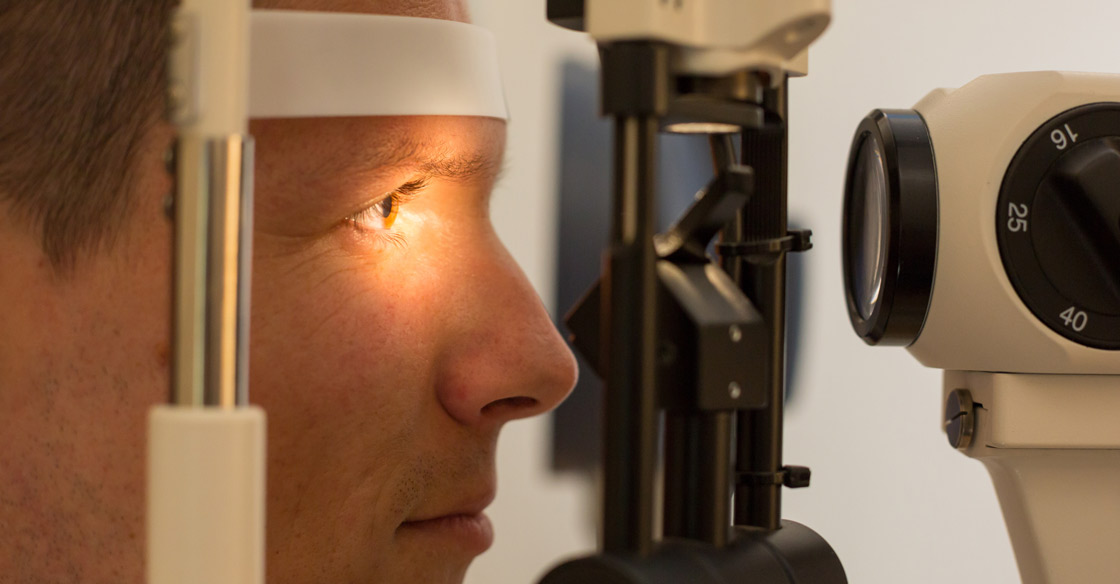Eye Health: Optomap vs Dilation

Technological advances have made retinal imaging extremely easy and hi-tech. The Optomap is a device that is used to capture an ultra-wide field digital image of the retina. The retina is the light-sensitive tissue in the back of the eye that captures light and makes vision possible. The Optomap captures a 200-degree high-resolution image and covers 80% of the retina in a single shot. This helps give a near- complete view of the retina and any retinal disorders.
Dilation, on the other hand, is a procedure which involves dilating or enlarging the pupil (black of the eye) by instilling eye drops to enable the optometrist to examine the inside of the eyes, with less advanced devices.
Eye specialists differ widely in their opinion on the benefits and disadvantages of Optomap vs dilation and chose to opt for one over the other. However, we at EyeLux Optometry incorporate Optomap Retinal Exam Evaluation as a part of a comprehensive eye exam
Optomap vs. Dilation – The Real Story
Optomap
– Optomap vs dilation provides a permanent digital retinal imaging that is saved and is used as a record in the patient’s history for future reference.Changes in the patient’s eyes that occur over a period are picked up faster and more efficiently as a visual record is available for comparison.
– Early diagnosis and treatment are possible that not just prevents and slows down the deterioration of vision but also saves on medical expenses.
– A digital image is immediately available for review by the doctor and the patient, while the doctor examines the image.
– The patient gains a better understanding of his condition as he can see the image of his eye, while the doctor examines his eye.
– Convenience: Optomap vs dilation eliminates the need for an uncomfortable and time-consuming process of dilation for asymptomatic patients undergoing routine eye-examination and is performed within minutes. </span
Dilation
– Dilation is essential for a thorough and detailed assessment of the eyes, especially for those patients who meet the ‘at-risk’ category for common eye problems, are older or have a pre-existing retinal condition.
– It takes between 30 to 40 minutes for the eye drops to take effect and dilate the pupils well; the vision of the patient remains blurred for 4 to 6 hours, and the patient is unable to resume their normal activities till then.
– During examination by dilation, the ophthalmologist shines a light source into the eyes that may feel uncomfortable. Different color lights may be used to examine the eyes correctly.
– The patient is asked to move the eyeball around, i.e., look in different directions to examine the entire inside of the eye. The doctor documents the observations on a form while examination and the process take between 10 to 15 minutes.
Pros and Cons Optomap vs Dilation
while dilation helps to make a detailed and in-depth examination of the specific portions of the eye that may be diseased; the optomap provides a single image of almost the entire eye and helps the doctor to diagnose diseases quickly.
The debate about optomap vs dilation has led to much confusion amongst patients, and it should be understood that each has its importance and significance in the eye and vision care and that both complement each other. The Optomap is a new technology that makes the process faster, smoother and less troublesome for patients undergoing an eye exam.
